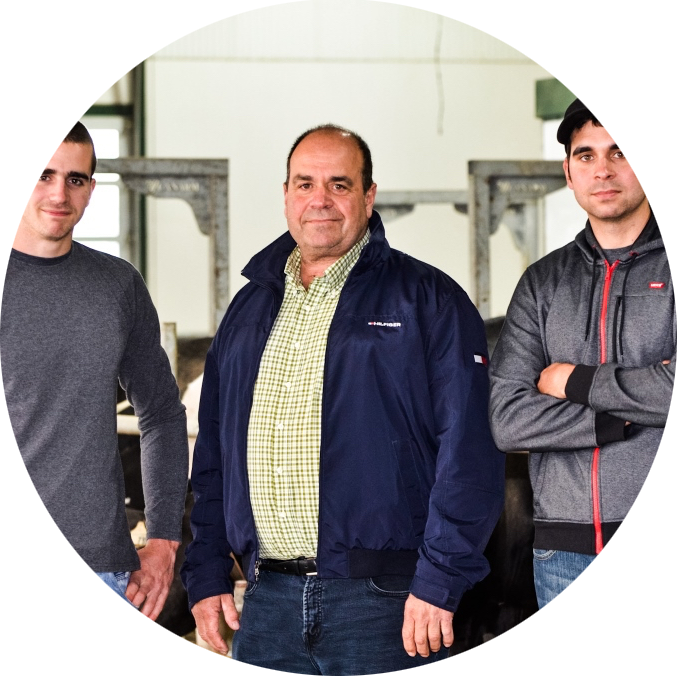Calf rearing is an essential aspect of livestock farming, and finding innovative ways to improve the process is crucial for both animal welfare and farm efficiency. In recent years, the introduction of self-cleaning calf boxes has revolutionized calf rearing practices. These advanced systems, designed by Tommy Lindvall, automate the cleaning process, reducing manual labor and offering potential benefits for farmers. In this blog post, we will explore the feasibility and advantages of using self-cleaning calf boxes in comparison to traditional rearing methods.
The Concept Behind Self-Cleaning Calf Boxes
Self-cleaning calf boxes are specially designed systems that aim to streamline the calf rearing process. These boxes consist of a floor with a moving conveyor belt that facilitates bedding material distribution and waste removal. The system’s operations can be customized through an attached computer interface, allowing farmers to optimize settings based on their specific requirements.
Findings from Testing
To evaluate the effectiveness of self-cleaning calf boxes, extensive testing was conducted using calves weighing approximately 50 kilograms and under six months old. The primary objective was to assess the system’s efficiency in terms of labor savings, calf comfort, waste management, and overall cost-effectiveness.
The results indicated several key findings that shed light on the advantages and considerations associated with using self-cleaning calf boxes:
Labor Savings
One clear benefit observed during testing was the significant reduction in manual labor required for cleaning tasks. Unlike traditional straw pens that necessitate regular manual cleaning, self-cleaning calf boxes automate this process. By eliminating or minimizing manual labor involvement, farmers can allocate their time more efficiently towards other farm activities.
Calf Comfort
A critical aspect of any rearing system is ensuring optimal comfort for the calves. Despite concerns about transitioning from stationary floors to a moving conveyor belt floor within the self-cleaning calf box, the calves adapted well. They demonstrated a preference for cleanliness and comfort, maintaining their overall well-being throughout the testing period.
Waste Management Efficiency
The self-cleaning calf box proved to be highly efficient in waste management. Each calf produced an average of 12.5 kilograms of waste per day, which the system promptly removed using its automated conveyor belt mechanism. This efficiency not only ensures a clean environment for the calves but also reduces potential health risks associated with waste accumulation.
Bedding Material Costs
While self-cleaning calf boxes offer numerous benefits, it is essential to consider the associated costs. During testing, it was found that these systems require higher bedding material costs compared to traditional straw pens. The cost per calf per week amounted to 2.66 euros with self-cleaning calf boxes, while traditional straw pens incurred costs of 0.97 euros per calf per week. This significant difference should be carefully evaluated by farmers when considering the adoption of self-cleaning systems.
Farm-Specific Factors and Cost-Effectiveness
It is crucial to note that the cost-effectiveness of self-cleaning calf boxes may vary depending on various farm-specific factors. Factors such as herd size, labor availability, bedding material availability and costs, and overall farm management practices should all be taken into account when determining whether these systems are a suitable investment.
Ongoing research and design improvements in self-cleaning calf boxes aim to address some of these limitations and enhance their overall suitability for a broader range of farming operations. Farmers considering adopting this technology should stay informed about advancements in this field and assess how future iterations may align with their specific needs.
Conclusion
Self-cleaning calf boxes offer an innovative approach to improve calf rearing practices by automating cleaning processes and enhancing animal welfare standards. Through our evaluation, we have identified several advantages, including labor savings, efficient waste management, and enhanced calf comfort. However, it is crucial for farmers to carefully evaluate the cost-effectiveness of these systems based on their individual farm conditions and bedding costs. As research and development in this area continue, we may see further advancements that make self-cleaning calf boxes an even more viable option for farmers seeking to optimize their calf rearing processes.



